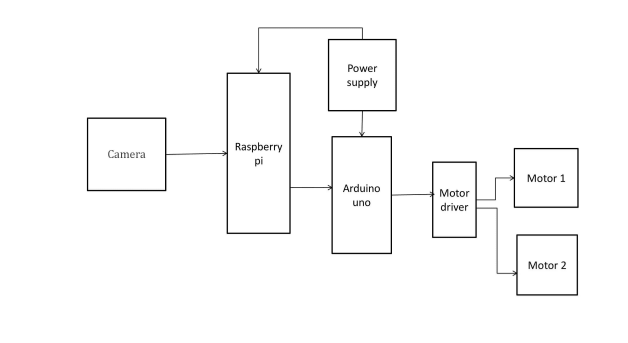Deep Learning for Autonomous Driving System
Objective
The main objective of this project is to use Deep learning algorithm for Autonomous Driving System
Abstract
An autonomous car is a vehicle capable of sensing its environment and operating without human involvement. A human passenger is not required to take control of the vehicle at any time, nor is a human passenger required to be present in the vehicle at all. An autonomous car can go anywhere a traditional car goes and everything that an experienced human driver does. Automation can help reduce the number of crashes on our roads. Government data identifies driver behavior or error as a factor in 94 percent of crashes, and self-driving vehicles can help reduce driver error. Higher levels of autonomy have the potential to reduce risky and dangerous driver behaviors. Self-driving vehicles are cars or trucks in which human drivers are never required to take control to safely operate the vehicle. Also known as autonomous or “driverless” cars, they combine sensors and software to control, navigate, and drive the vehicle Everyone will benefit from self-driving cars, but to varying degrees. Society, from a safety standpoint, benefits from eliminating some or all of the 34,247 motor vehicle fatalities per year. The elderly and disabled can benefit by regaining independence. If thought out, planners say, autonomous vehicles could increase car-sharing, which would reduce traffic congestion and air pollution. Because the technology will allow these vehicles to travel closer together, they will take up less lane space language.
Keywords: Arduino Uno, Raspberry pi, Motor driver, DC motor, Web camera, power supply
NOTE: Without the concern of our team, please don't submit to the college. This Abstract varies based on student requirements.
Block Diagram

Specifications
Hardware Requirements:
- Arduino
- Raspberry Pi
- Web camera
- Motor driver and DC motor
- Power supply
Software Requirements:
- Arduino IDE
- PYTHON
- NOOBS
Learning Outcomes
- Arduino pin diagram and architecture
- How to install Arduino IDE software
- Setting up and installation procedure for Arduino
- Introduction to Arduino IDE
- Basic coding in Arduino IDE
- Raspberry pi pin diagram and architecture
- How to install NOOBS software
- Setting up and installation procedure for Raspberry Pi
- How to connect Raspberry Pi through VNC viewer
- Introduction to Python3 IDE
- Commands in Python
- Basic coding in Python
- Working on web camera
- How to interface web camera with Raspberry Pi?
- Working of Motor driver and DC motor
- Interface Motor driver and DC motor with Arduino?
- Working of Power supply
- About Project Development Life Cycle:
- Planning and Requirement Gathering( software’s, Tools, Hardware components, etc.,)
- Schematic preparation
- Code development and debugging
- Hardware development and debugging
- Development of the Project and Output testing
- Practical exposure to:
- Hardware and software tools.
- Solution providing for real time problems.
- Working with team/ individual.
- Work on Creative ideas.
- Project development Skills
- Problem analyzing skills
- Problem solving skills
- Creativity and imaginary skills
- Programming skills
- Deployment
- Testing skills
- Debugging skills
- Project presentation skills
- Thesis writing skills





 Paper Publishing
Paper Publishing
